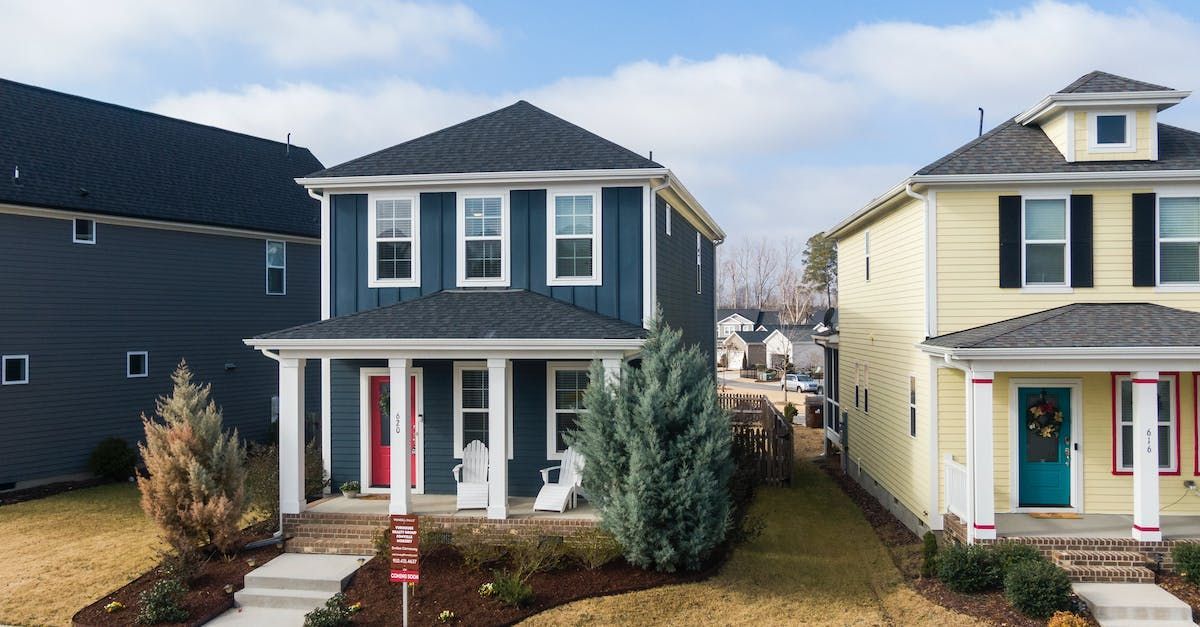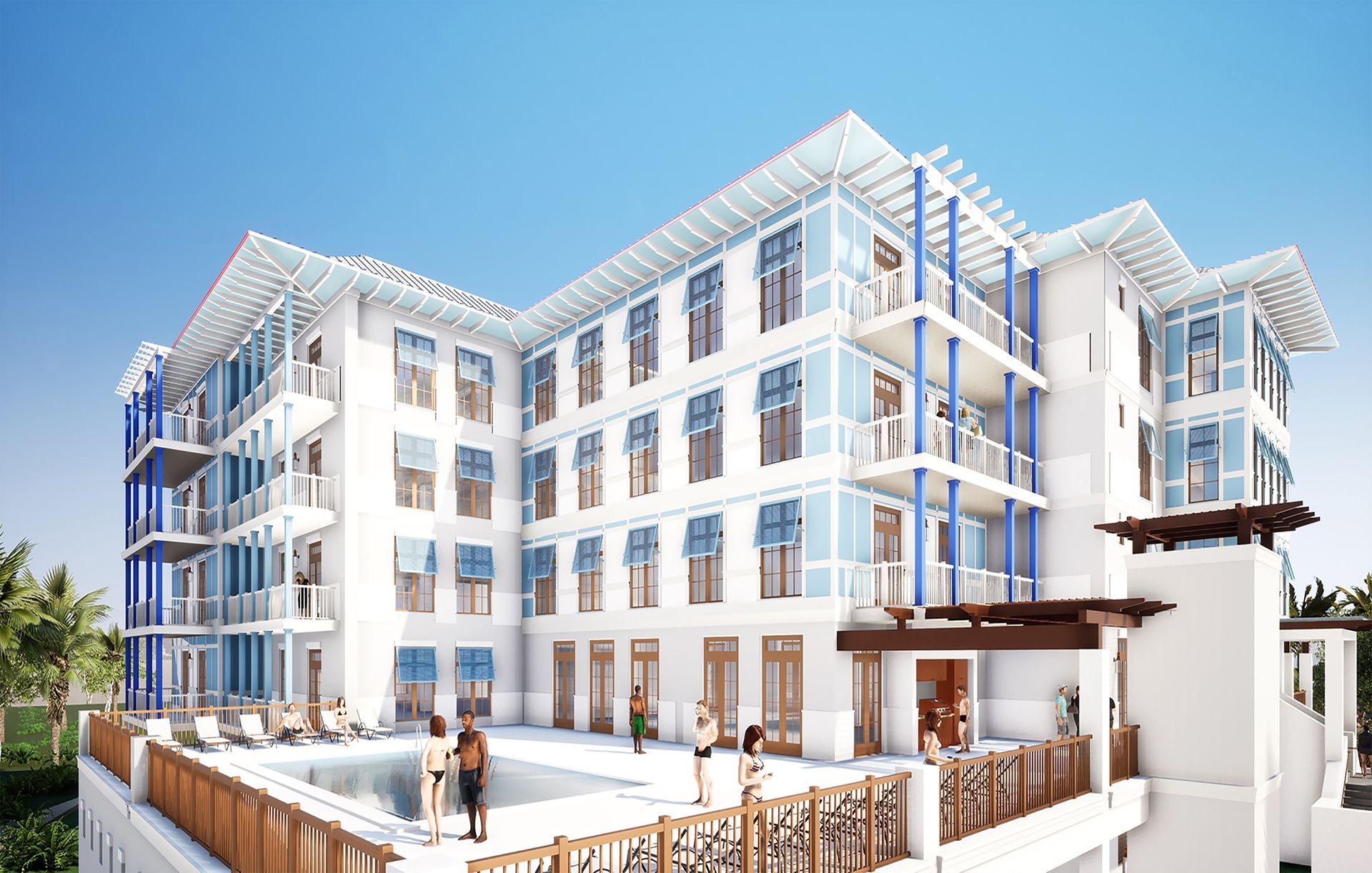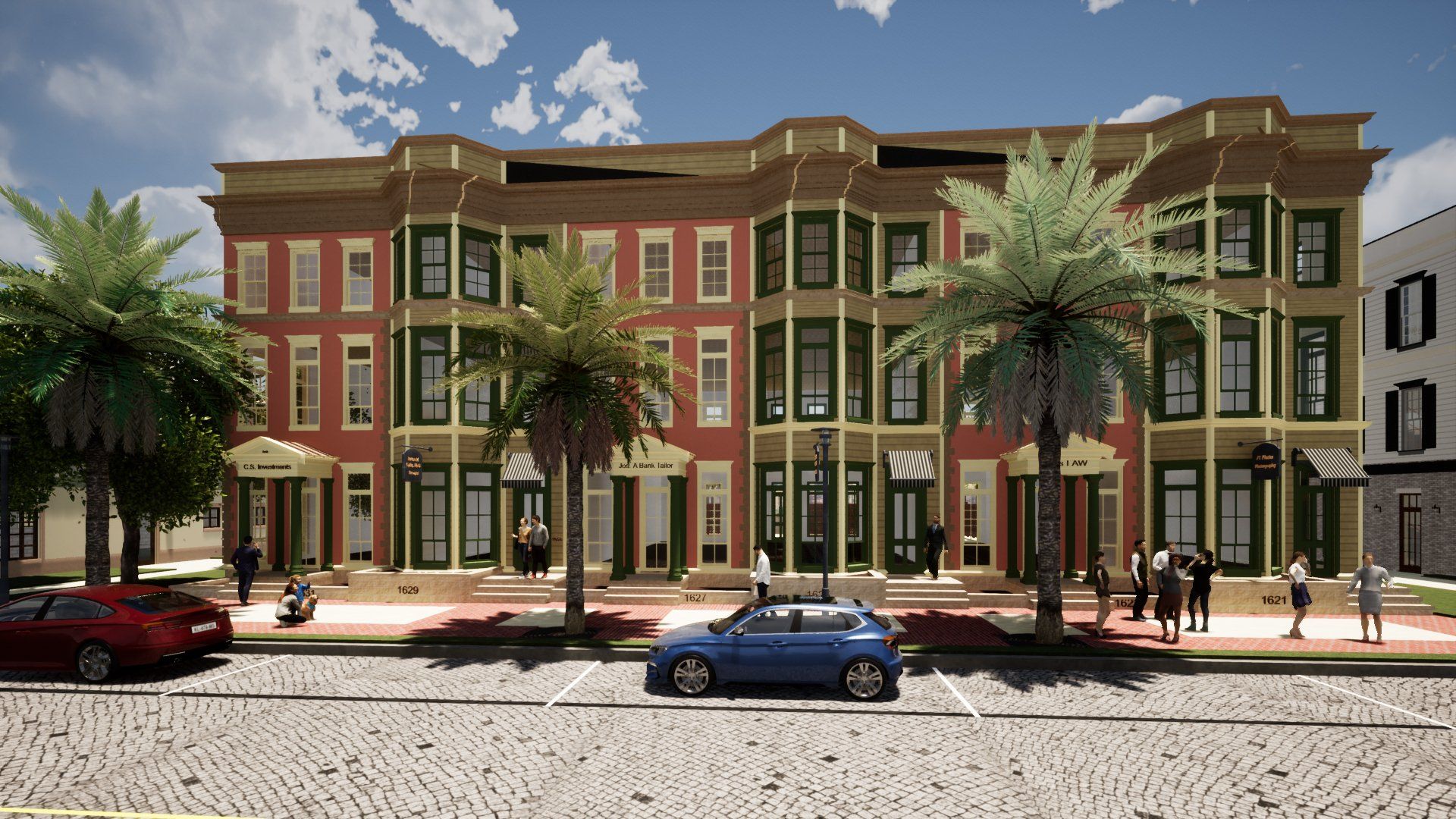How Mitigating Risk is Valuable to Architecture Clients
Managing Risk is Important for Every Architecture Project
As an architect, managing risk is a critical value that my firm brings to our clients. Risk can come about in all types of situations during the design and construction of a building.
At the beginning of a project, we conduct thorough research and analysis of the varied components of the building type.
If we have designed a similar residential or commercial project before, we compare the requirements (program/brief) of the project. If it is a type we have not designed previously, we first assess ourselves as to whether or not we should take on the project. If we decide to design the project, detailed research is conducted on projects previously constructed that are similar, then we translate it to our project.
Then, we identify and assess the risks that may exist with the project.
We review zoning requirements, building codes, and if there is any environmental impact.
The next step is taking a hard look at the budget and its possibility to fund the design and construction. Evaluating these systematically helps us to identify potential challenges and anticipate risks. Then we can begin to deliver design options and alternatives that address issues before they become problems for the project.
Using Teamwork to Manage Risk from the Start of Your Architecture Project

The importance of collaboration and communication from initial concept to completed construction cannot be understated.
Composing the proper design team, those with the proper experience and if possible, having builders onboard early can only help ensure the constructability, which is the ability to build the project most effectively.
Reducing or eliminating risk is essential. During the design and construction, clear lines are set up between owner, architect, and builder. These are established, along with methods to ensure that the parties are on the same page during the entire process.
We educate clients about the potential risks and challenges associated with the project and maintain open lines of communication throughout the design and construction phases. By fostering transparency and collaboration, architects empower clients to make informed decisions and proactively address any concerns that may arise.
When working with clients, we leverage advancements in technology and materials to mitigate risks and enhance the value of their projects. Our teams integrate sustainable design principles, energy-efficient systems, and resilient materials to minimize environmental impact, reduce operational costs, and increase the longevity of buildings.
We constantly evaluate and re-evaluate what will happen during the project’s timeline. We implement rigorous quality assurance and control processes throughout the project lifecycle to ensure that design intent is translated accurately into built form. This includes conducting regular site observations, coordinating with contractors and subcontractors, and addressing any deviations from the design specifications, when they happen, promptly to maintain project integrity and minimize risks.
Greg Burke is an established leader in code compliance. As a member of the International Code Council’s Code Action Hearing Committee on existing buildings; a creator and lecturer of advanced building code courses; and as a member of the Florida Board of Architecture and Interior Design, he stays up-to-date on evolving building codes, zoning regulations, and industry standards to ensure regulatory compliance throughout the project.
By adhering to applicable laws and regulations, we mitigate legal risks and safeguard the project against potential liabilities. Our firm also has a reputation for securing permits in a minimum amount of time—rare for the profession in these current times.
Our teams, and our firm specifically, mitigates risks by employing these strategies and approaches. Additionally, we add value to projects by delivering innovative, sustainable, and resilient designs that meet the evolving needs of our clients and communities.
About the author:
Greg Burke, FAIA, NCARB is a St. Augustine, Florida based architect with more than 40 years in the profession and the President of Gregory John Burke | ARCHITECT, PA. He is licensed to practice in eight states. His career has touched on project types from porch additions to high rise towers. He is also a member of the Florida Board of Architecture and Interior Design











